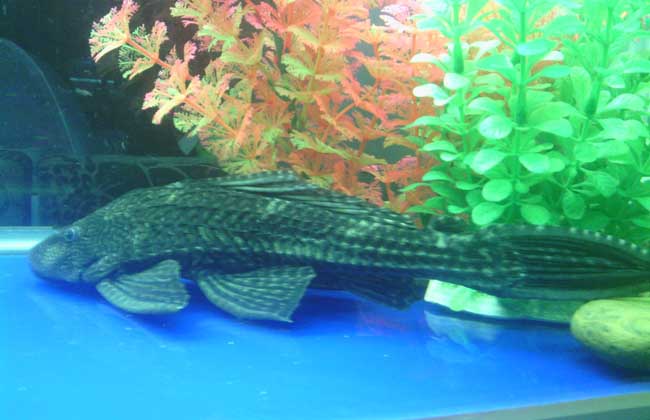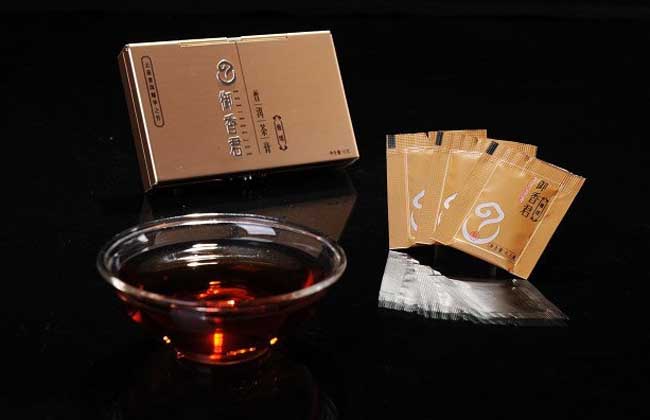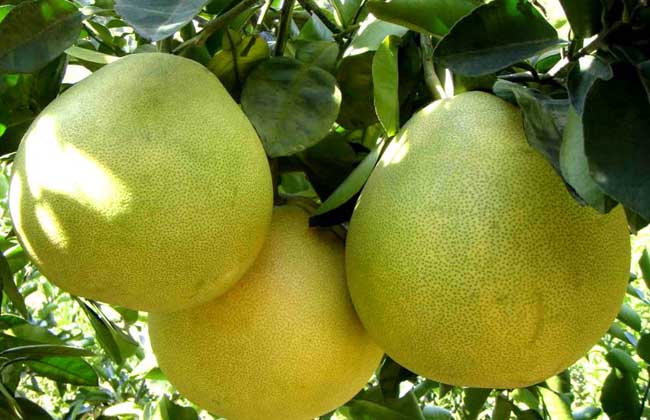How much is the price of scavenger fish?

Scavenger fish, also known as sucker fish, garbage fish, anglerfish, etc., are very strong in vitality and adaptability. They can survive almost as long as they have water. They like to adhere to the walls of aquariums or aquatic plants, lick the moss and green algae on the surface, and are the most common cleaners in the aquarium. Let's take a look at the price of doffer fish.
How much is the price of scavenger fish?
The price of scavenger fish is generally cheap. according to different places, you can buy it from a few yuan to more than ten yuan. Shanghai 3cm is about 210cm, Fuzhou 3cm is 820RMB, Quanzhou leopard scavenger or pipa scavenger 10cm is about 35RMB. The average street sweeper in Guangzhou is about 3 yuan for 15 centimeters, 98 yuan for 25 centimeters, 34.20 yuan for 4 centimeters for leopard scavengers, 25 yuan for 8 centimeters in Dongguan, 15 yuan for 10 centimeters in Hangzhou, 15 yuan for 10 centimeters in Lishui, 9.90 yuan for 10 centimeters in Beijing and 15 yuan for 15 centimeters. Chengdu 7 cm is about 10 yuan each, and 12 cm is about 15 yuan each.
The selection and purchase method of scavenger fish
1. The healthy scavenger's body surface is intact, the body is grayish black or light brown, the body surface has black and white patterns, the abdomen is flat, and the left and right ventral fins are connected to form a round fan-shaped sucker.
2. Selecting scavengers is best bought in professional and reputable aquarium shops, and professional knowledge can be invited to go together to select healthier scavengers.
3. Scavengers like to stick to the walls of aquariums or weeds to devour algae and moss. When selecting fish, you can also observe whether scavengers have this habit.
Feeding conditions of scavenger fish
1. Water quality: the water quality of artificially raised tropical fish is soft water or low hardness water, and the pH value is weak acid or neutral. Strong acidity, tropical fish breathing difficulties, slow growth, strong alkalinity, tropical fish Gill tissue will be corroded.
2. Change water: part of the change of water is to suck out the feces, residual bait and other dirt from the bottom of the fish tank with a straw, and the amount of water absorbed should be 1 / 4 of the amount of water in the tank, and then add the same amount of fresh water dried or chemically dechlorinated at the same temperature. the frequency of mixing water is 2 times a week in autumn and winter and 3 times a week in spring and summer. All water change should take out all the equipment in the fish tank, remove the water plants and fish, put them in other containers at the same temperature as the original water, scrub the cylinder wall and bottom with a sponge and change the water every 3 to 4 months.
3. Water temperature: tropical fish are extremely sensitive to temperature. If the temperature is not suitable, they will die quickly. Different species of tropical fish have different requirements for water temperature. Most tropical fish should have a water temperature of 20-24 ℃. During the breeding season, the water temperature should be 25-28 ℃, and the temperature difference between day and night should not exceed 4 ℃.
4. Oxygen: a certain number of aquatic plants should be planted in the fish tank, because aquatic plants produce oxygen during photosynthesis, which increases the oxygen content in the water. At the same time, timely removal of dirt, frequent water change, etc., can also increase dissolved oxygen in the water.
5. Lighting: put a fish tank in a sunny room, preferably in the morning and evening when there is not enough sunlight, each receive about an hour of sunlight. If you install a fish tank in a room without sunlight, you should use light to illuminate aquatic plants. Use 60 watts of incandescent bulbs or 40 watts fluorescent lamps for 6 hours a day. Light can make tropical fish grow faster and make the fish more colorful.
6. Stocking: the stocking density of tropical fish in the tank depends on the size of the tank. For people who raise fish for the first time, the smaller the density, the better, and need to be equipped with an inflatable pump. Quiet fish can not be mixed with aggressive fish, and large fish can not be mixed with small fish. There are a variety of feed options for tropical fish, such as fish insects, red insects or packaged feed suitable for different kinds of tropical fish. Raw baits and live baits should be washed to control the source of the disease.
Note: scavenger fish do not have natural enemies in China, so be careful not to release them. In some parts of the south, the fish has been rampant, resulting in the extinction of native fish in the whole river.
Related
- A course of planting techniques and methods on how to grow carrots
- How to plant the latest tulips?
- Is it better to pick tea in the morning or in the afternoon? When is the best time for tea to be picked? what is the third or fifth tea?
- Launch Yuanxiao Happy combination Haocha + Tea Yuan healthy Taste
- Penghu Tourism "Fireworks 20 Parade with You"
- 2022 West Lake Happiness holds "Digital Revitalization Voucher" and draws iphone13 and laptop.
- Banqiao Fuzhou social houses are designed to change start-up combined with police elimination to create a safe and livable environment
- The convenient measure of "mechanical weeding" in Xinbei has been abused and the Agriculture Bureau has imposed heavy penalties on the illegal land consolidation.
- Changgeng University Joins Hands with Four Memory Factories to Rescue Memory Talent Shortage
- The list of Taiwan's top 100 MVP managers is listed by the Director-General of the Farmers' Association of Sanxia District.



